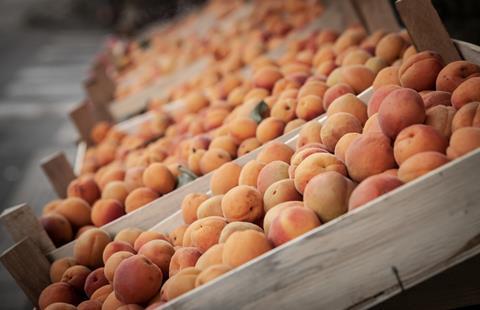The fruit sector in Serbia and the broader Western Balkans region is facing a period of transition, influenced by changing climatic conditions, market dynamics and production trends

In early March, an abrupt shift to summer-like temperatures followed a cold February, causing a rapid flowering of various stonefruit.
However, colder weather and late frosts towards the end of March and early April may disrupt the plans of Serbian apricot and other stonefruit growers.
“Last year we lost nearly 70 per cent of our peach and apricot yield due to a late frost after early blooming,” said Marija Kolundžija, a private advisor to fruit growers from the Grocka-Danube region. “This year, the sudden temperature rise has forced the trees into early flowering again, and we are bracing for another potential frost event.”
Kolundžija emphasised that without proper frost protection, such as sprinklers or heaters, small growers would struggle to safeguard their crops.
Stonefruit facing climate uncertainty
Peach and apricot production in Serbia has faced significant challenges due to erratic climatic conditions. The total cultivated area for peaches has shrunk by 28 per cent since 2012, while apricot cultivation grew by 23 per cent.
In 2023, peach production stood at approximately 44,700 tonnes, with key varieties like Royal Glory and Sweet Scarlet thriving in Podunavski and Belgrade.
Apricots, led by NS-4 and Hungarian Best, suffer from frost and general volatility of the weather, highlighting the need for protective measures.
Plums remain a staple, covering 75,000 a, primarily for Rakija but increasingly for export. Production fell from 490,000 tonnes (2022) to 362,000 (2023), with Čačanska Beauty and Stanley as key varieties. Germany’s demand for fresh and dried plums is rising, offering stable export opportunities.
Cherry cultivation grew 30 per cent since 2012, reaching 15,500 tonnes in 2023. Popular varieties like Burlat and Kordia face challenges from rain-induced cracking, labour-intensive harvesting, and export logistics. Protective covers and improved post-harvest handling are crucial for maintaining quality and competitiveness.
Serbia leads region on trade
The Balkans exports approximately €75mn of fresh stonefruit, with Serbia leading at €40mn, supplying Russia (€10mn), Poland, Bosnia, Germany and Romania.
Croatia (€13mn) exports mainly to Slovenia, Germany, Italy, and Spain, while Bulgaria (€12mn) ships to Germany, Romania, and Poland. Romania and North Macedonia each export around €8mn, targeting Germany, Italy and Austria.
Germany is the region’s largest importer (€17mn), while intra-Balkan trade (€14mn) is driven by Serbia’s exports to Bosnia and Croatia’s trade with Slovenia. Poland (€7mn) and Italy (€6mn) show growing demand.
Serbia’s reliance on Russia poses risks, while Croatia and Bulgaria benefit from broader EU access. The region maintains a stable yet modest presence in Germany, where it competes with dominant suppliers like Spain and Italy. Competitive pricing and proximity sustain demand, but market expansion remains limited.



